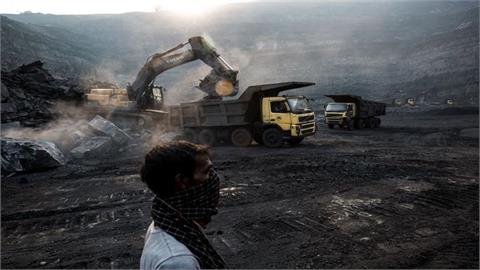The cash margin for U.S. LNG exporters improved slightly in the second quarter, but will likely remain negative for the duration of 2020, according to a new report. The LNG glut is hurting both buyers and sellers. In Japan, the largest power generator, JERA, is losing tens of billions of yen because it has contracted to buy LNG at prices linked to crude oil, but because it cannot use all of the gas, it typically resells some cargoes. The problem is that JERA has to resell cargoes on the spot market, where prices are much lower than the oil-linked price. In effect, the group is buying high and selling low.
The worldwide glut has funneled more natural gas into storage around the world. With storage elevated in Europe, the market signaled that supply cuts were necessary. The U.S., which has the most flexible contracting terms (which the industry sold as a feature), is shouldering the burden of rebalancing.
The margin for exporting LNG is negative, and could remain negative for the duration of 2020, according to a new report from the Oxford Institute for Energy Studies (OIES). "This means that an average US LNG cargo would not cover its short-run marginal cash costs delivering to Europe or Asia at current prices,” OIES said.
U.S. LNG exporters have seen dozens of cancelled cargoes because of the glut, although for companies like Cheniere Energy, their finances are somewhat protected because buyers still have to pay fees even if they cancel the cargoes.
The markets are pricing in an improvement in 2021, which is based on "either a very significant surge in Asian gas demand in 2021 or another round of LNG shut-ins to support the gas price,” OIES said. The report forecasts margins remaining below levels that might signal new investment in new capacity through the end of 2023.
"It is therefore clearly relevant to ask whether we should expect to see any new US LNG investment decisions being taken in the foreseeable future, especially with buyers not rushing to sign new long-term contracts,” OIES wrote.
In the short run, cancelled LNG cargoes could divert more natural gas into inventories. U.S. gas storage levels are at the top end of the five-year average range, and Henry Hub prices averaged $1.81 in the first half of the year, a record low for that six-month period.
On the other side of the globe, buyers are growing anxious with an arrangement that has them locked into rigid agreements. The financial losses for JERA are accelerating a push to seek more flexible contract terms, a trend that was already growing in recent years as LNG markets became larger and more liquid (no pun intended).
"Long-term SPAs [sales and purchase agreements] with rigid terms are no longer suitable for a rapidly changing market,” Hitoshi Nishizawa, a senior executive officer at JERA, said at a recent energy conference in Japan, according to Asia Times Financial.
The change occurred earlier in Europe with the steady demise of oil-linked pricing. In Asia, the market evolution has been a bit slower, but now appears ready to accelerate with the oil-linked price so detached from JKM spot prices. "Although Covid-19 issues remain more important at present, there seems little doubt that if this trend persists we could see a real challenge to oil-linked pricing of LNG in Asia, with the JKM marker already becoming an increasingly important price benchmark,” OIES wrote in its report.
Japan – the largest LNG importer in the world – saw LNG imports decline by nearly 19 percent in May, year-on-year.
The pandemic-related downturn is hollowing out investment in both oil and gas. The number of projects receiving final investment decisions is expected to fall by 75 percent this year, according to Rystad Energy. The total amount of money funneled into new projects will drop to just $47 billion, a very low number that is actually inflated by a set of projects in Norway and Russia. In 2019, the amount of money invested in new oil and gas projects reached $197 billion.
(by Nick Cunningham, Oilprice.com, July 19, 2020)



